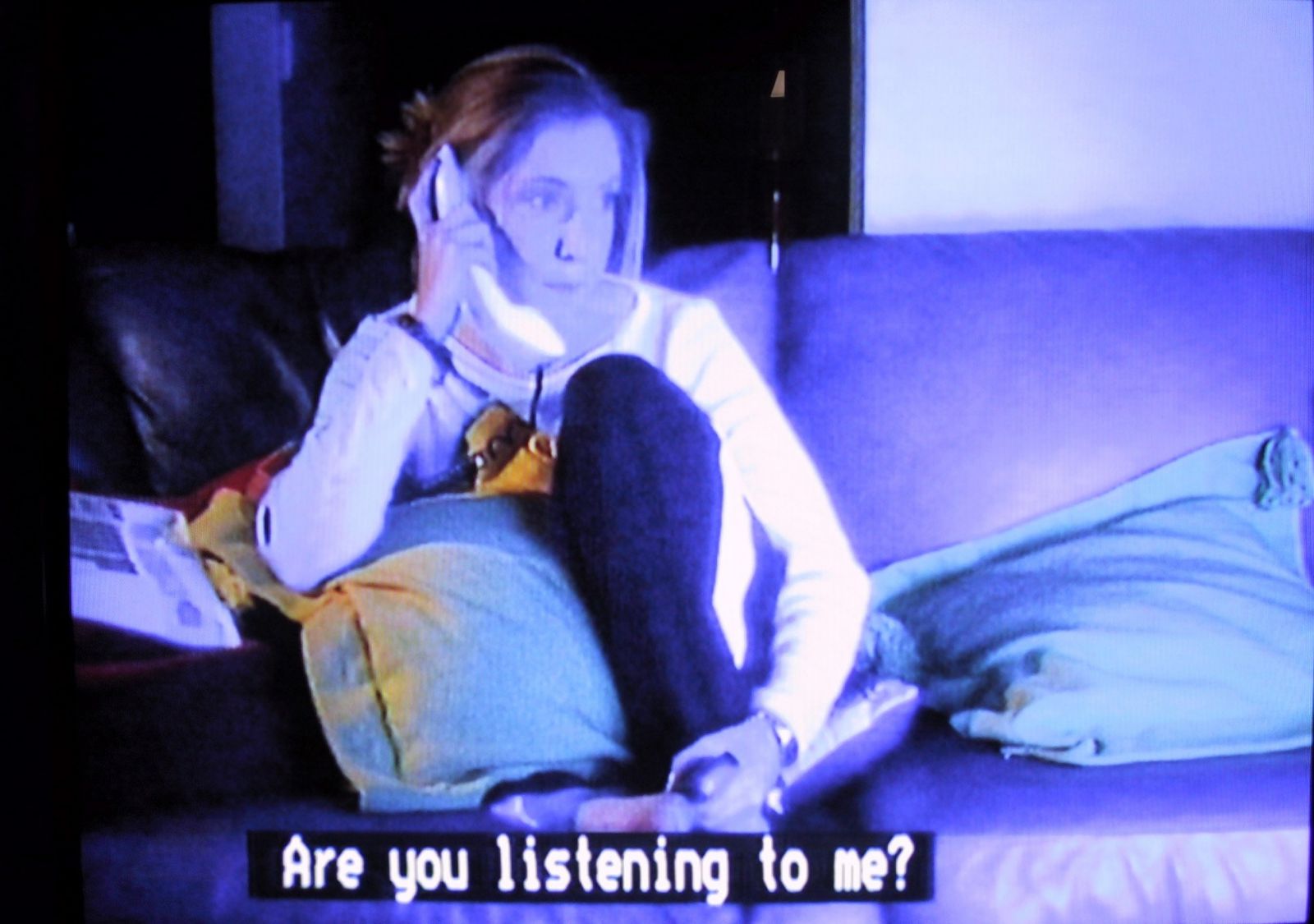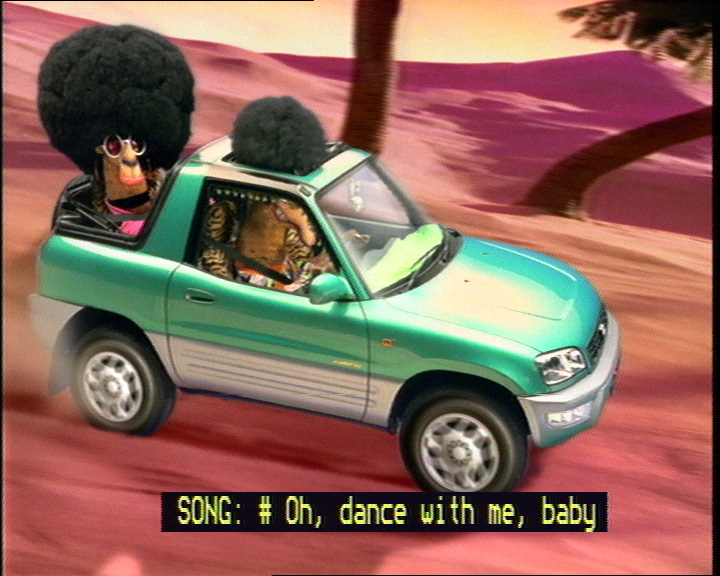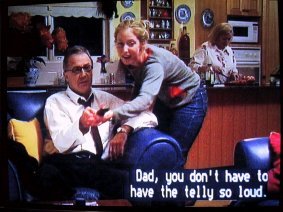
Captioning is usually displayed on the bottom of a video screen or on a separate screen and in some cases is positioned to show which character is speaking or where the sound is coming from. Colouring may also be used to distinguish between sounds.


Types of captions

Captions are either selected as desired (closed captions), usually by turning the captions function on or off, or they are included so that they automatically appear on a screen (open captions). You may see the 'CC' symbol for closed captions or the 'OC' symbol for open captions on TV program guides, DVDs and accessible cinema session guides.
Who uses captions?
 Captions are particularly useful for people who are Deaf or hearing impaired, as well as those who are viewing content in a noisy environment, teaching or training and who are learning English.
Captions are particularly useful for people who are Deaf or hearing impaired, as well as those who are viewing content in a noisy environment, teaching or training and who are learning English.
Top of page

